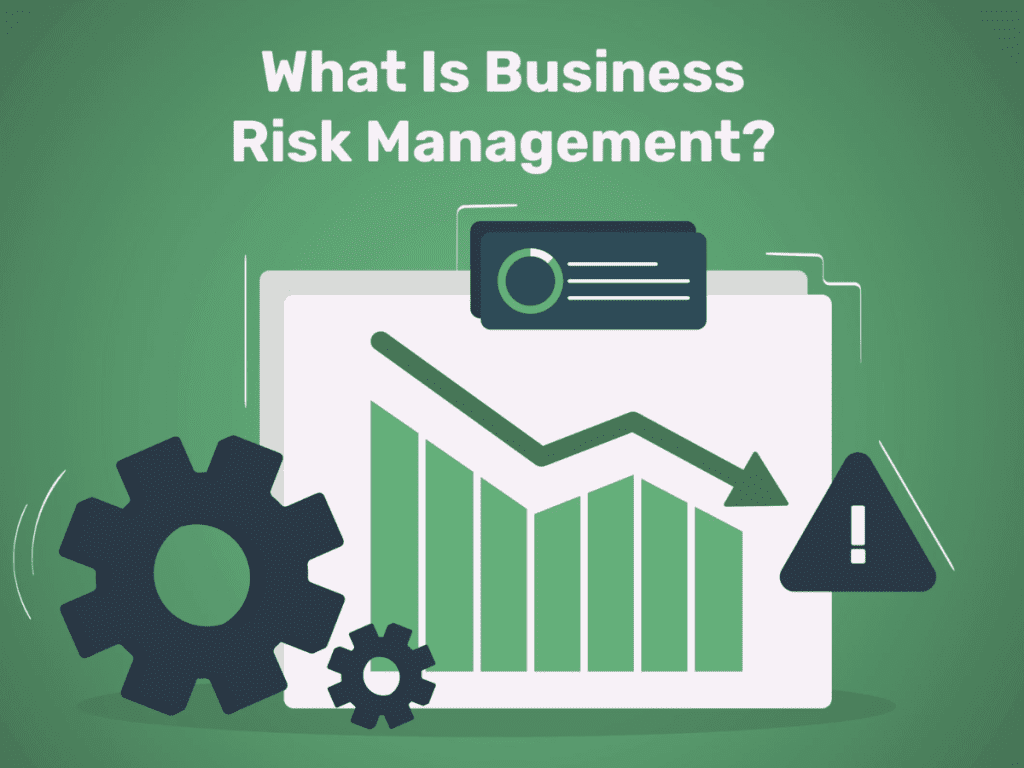Introduction
Life insurance is often associated with personal financial security and family protection, but it also plays a critical role in the world of business. For business owners, life insurance can be a powerful tool to protect the company, secure its future, and ensure the well-being of employees and loved ones. Whether you’re running a small business or managing a larger enterprise, understanding how life insurance works for business owners is essential for comprehensive financial planning.
Why Business Owners Need Life Insurance
As a business owner, you wear multiple hats—entrepreneur, employer, financial planner, and more. Life insurance can address several crucial aspects of running and protecting your business:
- Business Continuity:
- In the event of your passing, life insurance can provide the necessary funds to keep the business running, covering expenses like payroll, rent, and operational costs.
- Debt Protection:
- Many business owners take loans to finance operations or growth. Life insurance ensures that these debts don’t become a burden for your family or business partners.
- Key Person Protection:
- Businesses often rely heavily on specific individuals. Key person life insurance helps cover the financial loss if a key employee or partner dies.
- Buy-Sell Agreements:
- Life insurance is commonly used to fund buy-sell agreements, ensuring a smooth transfer of ownership if a partner or co-owner passes away.
- Employee Benefits:
- Offering group life insurance as part of employee benefits can help attract and retain top talent.
Types of Life Insurance for Business Owners
Business owners have access to various life insurance policies, each tailored to specific needs. Here are the primary types to consider:
- Term Life Insurance:
- Provides coverage for a specific period, such as 10, 20, or 30 years.
- Ideal for temporary needs like covering a loan or ensuring business continuity during critical growth phases.
- Affordable and straightforward, making it a popular choice for startups and small businesses.
- Whole Life Insurance:
- Offers lifetime coverage with a cash value component that grows over time.
- Suitable for long-term planning, including funding buy-sell agreements or leaving a legacy.
- Higher premiums but includes a savings component that can be accessed for business needs.
- Key Person Insurance:
- Specifically designed to protect the business against the loss of a key employee, partner, or founder.
- The company pays the premiums and is the beneficiary, using the death benefit to cover losses or find a replacement.
- Group Life Insurance:
- Provides life insurance coverage for employees as part of a benefits package.
- Boosts morale, enhances loyalty, and is often seen as a valuable perk by employees.
How Life Insurance Supports Business Continuity
Life insurance can play a critical role in ensuring the seamless operation of a business after the loss of an owner or key employee:
- Funding Business Expenses:
- The death benefit can be used to cover operating expenses, such as salaries, rent, and utilities, giving the business time to stabilize.
- Covering Outstanding Debts:
- Life insurance ensures that business loans, credit lines, or other debts are paid off, protecting the company’s financial health.
- Facilitating Ownership Transitions:
- In partnerships, life insurance can fund buy-sell agreements, allowing surviving partners to buy out the deceased’s share without financial strain.
- Protecting Shareholder Interests:
- For businesses with multiple stakeholders, life insurance ensures fair compensation to heirs while maintaining operational control within the company.
The Role of Buy-Sell Agreements
A buy-sell agreement is a legally binding contract that outlines what happens to a business owner’s share if they die, retire, or leave the company. Life insurance is often used to fund these agreements:
- How It Works:
- Each owner purchases a life insurance policy on the other(s). Upon an owner’s death, the death benefit is used to buy out their share, ensuring a smooth transition.
- Benefits:
- Prevents disputes among heirs or remaining owners.
- Ensures the business remains operational and under capable management.
- Provides fair compensation to the deceased owner’s family.
Key Person Insurance Explained
Key person insurance is designed to protect the business from the financial impact of losing a critical individual. Here’s how it works:
- Who Needs It?
- Owners, founders, top executives, or employees with unique skills vital to the company’s success.
- How It Works:
- The business is the policy owner and beneficiary. If the insured key person passes away, the death benefit helps the company recover from the loss.
- Uses of the Death Benefit:
- Recruiting and training a replacement.
- Compensating for lost revenue or opportunities.
- Reassuring investors, creditors, and stakeholders of the company’s stability.
Providing Life Insurance as an Employee Benefit
Offering group life insurance to employees can strengthen your business in several ways:
- Attracting Talent:
- Competitive benefits packages, including life insurance, help attract skilled workers in a competitive job market.
- Retaining Employees:
- Life insurance shows that you value your employees, boosting morale and loyalty.
- Cost-Effective Coverage:
- Group policies are often more affordable than individual plans, benefiting both employers and employees.
Tax Benefits of Life Insurance for Business Owners
Life insurance policies can offer tax advantages for businesses:
- Tax-Free Death Benefit:
- Death benefits are generally not subject to income tax, providing a full payout to beneficiaries.
- Tax-Deferred Cash Value Growth:
- For permanent policies, the cash value grows tax-deferred and can be accessed for business needs.
- Deductible Premiums (in Certain Cases):
- Premiums for group life insurance provided to employees may be tax-deductible as a business expense.
Factors to Consider When Choosing a Policy
Selecting the right life insurance policy for your business requires careful planning. Consider the following:
- Business Size and Structure:
- Small businesses may prioritize affordability and simplicity, while larger companies might need more comprehensive coverage.
- Financial Goals:
- Determine whether you need coverage for debt protection, key person insurance, or long-term wealth building.
- Duration of Coverage:
- Match the policy term to your business’s financial obligations or expected growth period.
- Budget:
- Assess how much your business can allocate toward premiums without affecting cash flow.
- Professional Guidance:
- Work with an insurance agent or financial advisor to tailor a policy to your specific needs.
Common Mistakes to Avoid
- Underestimating Coverage Needs:
- Insufficient coverage can leave your business vulnerable to financial hardships.
- Relying Solely on Personal Policies:
- Personal life insurance may not adequately protect your business or partners.
- Ignoring Key Person Coverage:
- Failing to insure key individuals can disrupt operations and harm the company’s reputation.
- Not Updating Policies:
- Regularly review your policies to ensure they align with your business’s growth and changing needs.
Conclusion
Life insurance is a vital component of financial planning for business owners. Whether it’s safeguarding your company’s future, protecting your family, or ensuring a smooth ownership transition, life insurance provides invaluable support during life’s uncertainties.
By understanding the types of life insurance available and tailoring coverage to your specific needs, you can create a robust safety net for your business, employees, and loved ones. With proper planning and professional guidance, life insurance becomes not just a precaution but a strategic asset for long-term success.

